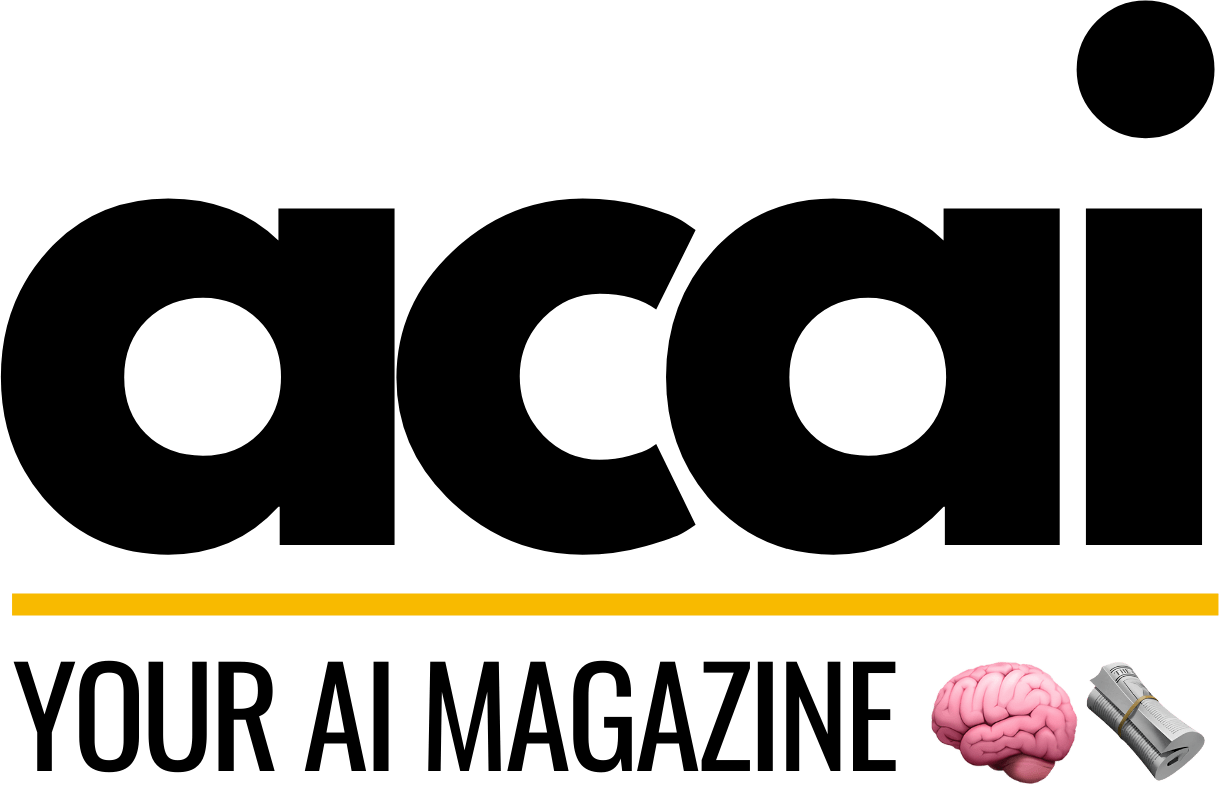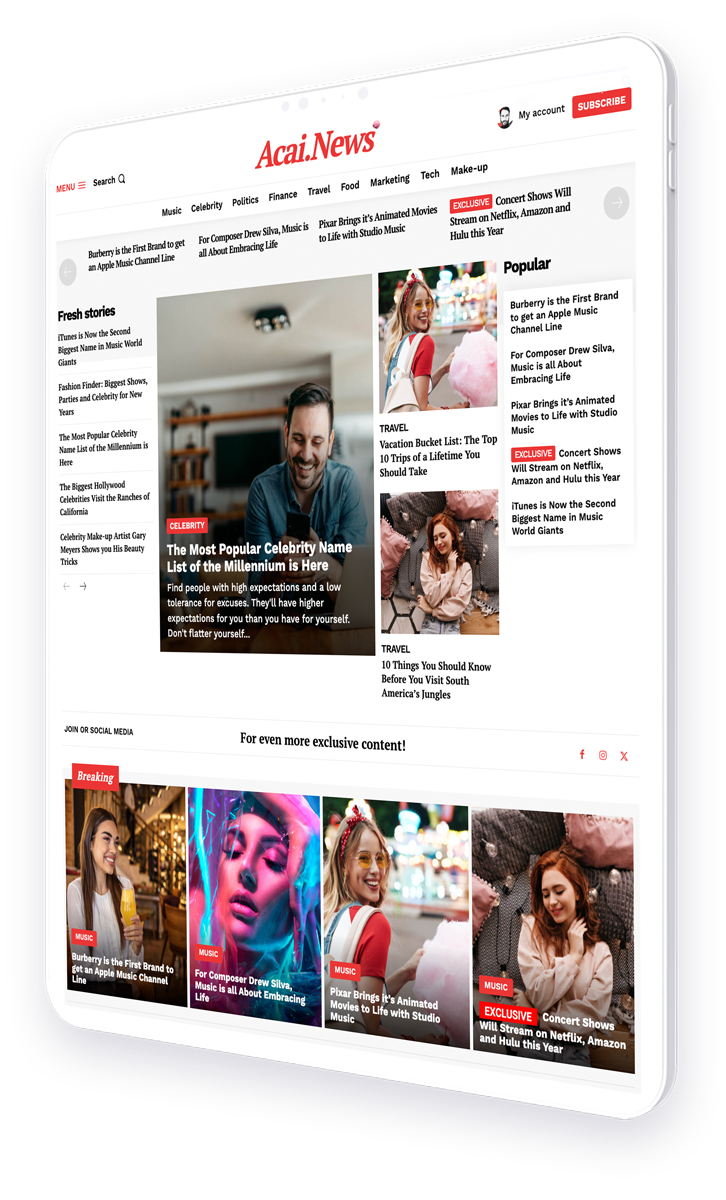How AI models can generate content that mimics human creativity and editorial tone
Welcome to an in-depth exploration of how artificial intelligence (AI) is revolutionizing the field of content creation. This article delves into the sophisticated capabilities of AI models that not only generate text but do so with a flair that closely resembles human creativity and editorial tone. As businesses and content creators seek to scale their content production without compromising quality, AI tools are stepping up as indispensable assets. Here, we will explore the mechanisms, benefits, and ethical considerations of these technologies, backed by relevant examples, case studies, and statistics.
- Understanding AI in Content Generation
- Technological Foundations of AI Writing
- Applications and Benefits
- Case Studies
- Ethical Considerations
- Future Perspectives
- Conclusion
Understanding AI in Content Generation
At its core, AI content generation involves using machine learning models to create text that is coherent, contextually relevant, and stylistically similar to human-written text. These models are trained on large datasets of existing text to learn various writing styles, grammar, and information synthesis.
Technological Foundations of AI Writing
The backbone of AI writing technology is primarily based on models like GPT (Generative Pre-trained Transformer) and BERT (Bidirectional Encoder Representations from Transformers). These models leverage deep learning techniques to understand and generate text.
- GPT models are trained to predict the next word in a sentence, having been fed with a preceding chunk of text.
- BERT models, however, understand the context of a word based on all the other words in a sentence, rather than just the words that precede it.
These technological advancements allow AI to not only generate text but also ensure that the tone and style remain consistent, mimicking a human writer’s uniqueness.
Applications and Benefits
AI-generated content is being used across various sectors including marketing, journalism, and creative writing. The benefits are manifold:
- Scalability: AI can produce large volumes of content rapidly, which is particularly beneficial for businesses looking to expand their digital footprint.
- Consistency: Maintaining a consistent tone and style across all content becomes easier with AI.
- Personalization: AI models can tailor content to the preferences and reading habits of different audiences.
Case Studies
Several companies and platforms have successfully integrated AI to enhance their content creation process. For instance, The New York Times has experimented with AI to generate summaries of earnings reports, while Forbes uses AI tools to assist in drafting stories about corporate earnings data.
Ethical Considerations
While the benefits are significant, the rise of AI in content generation also poses ethical questions:
- Authenticity: Can content that is not created through human experience still be considered authentic?
- Transparency: Should AI-generated content be labeled to distinguish it from human-created content?
- Bias: Since AI models are trained on existing data, they can perpetuate any biases present in the training material.
Future Perspectives
The future of AI in content generation looks promising with ongoing advancements in AI technology. As AI becomes more sophisticated, it is expected to handle more complex writing tasks, potentially collaborating more seamlessly with human creativity.
Conclusion
In conclusion, AI models are transforming content creation by enabling the generation of text that mirrors human creativity and editorial tone. While this technology offers significant advantages in terms of scalability and consistency, it also brings forth challenges and ethical considerations that need to be addressed. As we move forward, the synergy between human writers and AI will likely redefine the boundaries of creative and editorial content production.
For further reading on AI and its impact on content creation, visit IBM’s resource on Natural Language Processing.




